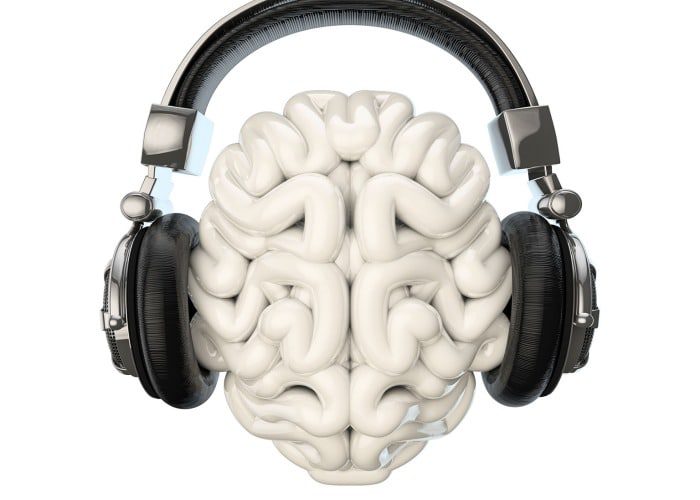Human beings have an amazing ability to invent unique and fascinating ways to escape from reality. We smell, sniff, lick, chew substances (let's face it: drugs) since the dawn of time.
Researchers have taken a fresh look at a relatively new technique for changing people's minds, which uses digital sounds to deliver different (sometimes opposite) frequencies into each ear. Some studies claim that these “binaural beats” can stop or reduce pain, improve memory and counteract anxiety and depression. And that's not all.
A team of Australian and British researchers have excavated the Global Drug Survey 2021, a survey of more than 30.000 individuals from 22 countries, to determine what kind of crossover might exist between drug use and binaural beat experimentation.
The discovery? In 2021 5% of the interviewees experienced binaural beats. And just over one in ten people used it just for fun.
Sound digital drugs
The users of the research (published on Drug and Alcohol Review) were aged from late teens to early 20s and had used illegal drugs such as MDMA or cannabis, and were from the United States, Mexico, the United Kingdom, Brazil and Poland.
Aside from looking for a high, their reasons for experimenting with these sonic drugs are different.
“It's something completely new. We just don't know much about the use of binaural beats as digital drugs,” says the main author Monica Barratt of RMIT University in Australia.
“This survey reveals that this is happening in multiple countries,” he explains. “We had anecdotal knowledge, but this was the first time we asked people how, why and when they used these sounds.”

A story that starts from afar
The phenomenon of binaural beats has been around for a long time, at least since the mid-19th century. Today they are becoming increasingly popular as an art form, however, due to the ease with which they can be produced and distributed online.
Theoretically, binaural beats affect how our sensory system interprets the different low frequencies when they are fed separately into each ear. In summary, they cause changes in the brain.
An example: when you hear two tones of the same frequency (400 hertz in one ear and 440 hertz in the other) your brain will perceive them as a single 40 hertz noise emanating "somewhere" inside your head.
This interpretation requires more of our peripheral auditory system: it also involves brainstem activity, prompting neurons far and wide to synchronize in wave patterns associated with relaxation. What path do these sounds take to even be compared to drugs?
What does science think?

Aside from the theory, there are some studies that encourage the exploration of binaural beats as a method of treating acute anxiety. Others argue that the benefits of using binaural beats (in the sense of “drugs” capable of altering mood and psyche) have yet to be demonstrated.
In any case, as mentioned, the number of people who also seek "psychedelic experiences" from binaural beats is constantly increasing. Just as if they had drug-like properties, reiterates the Barratt.
Can binaural beats be a trigger to push yourself to experience the high from "real" drugs? The researcher excludes it, and in any case no study seems to support this thesis.


